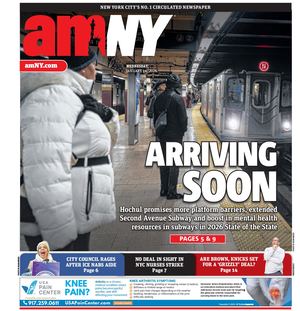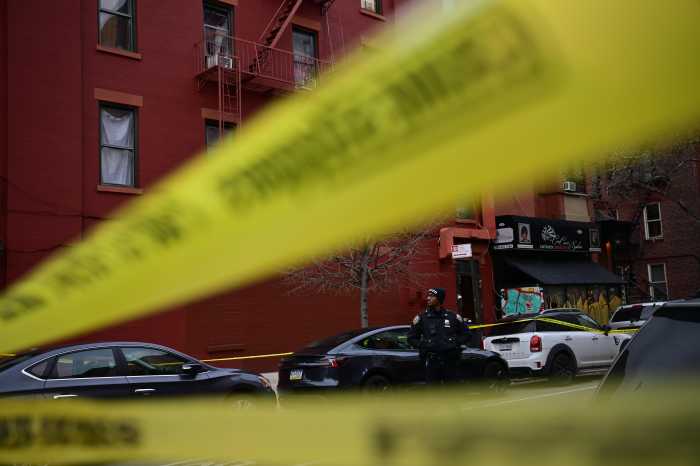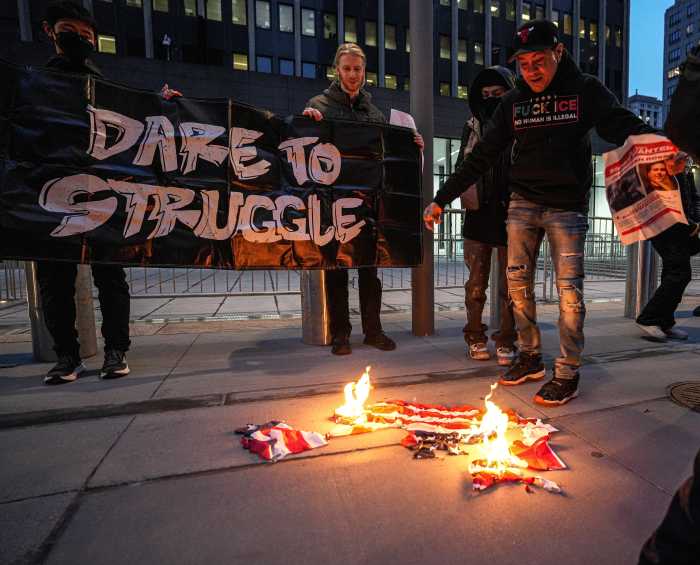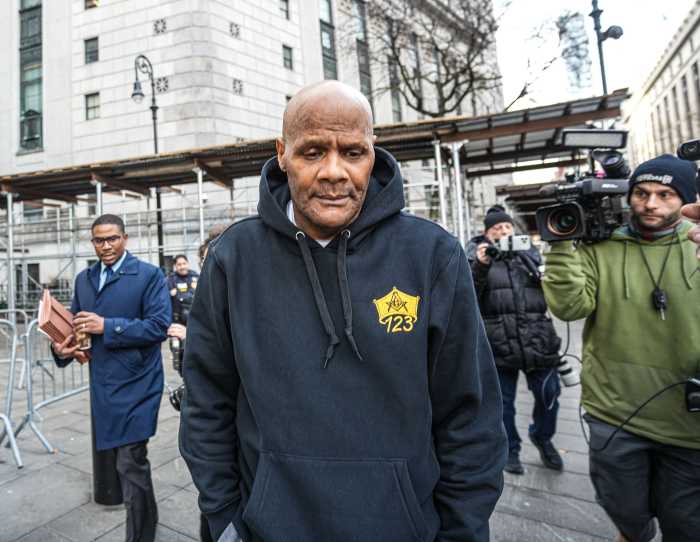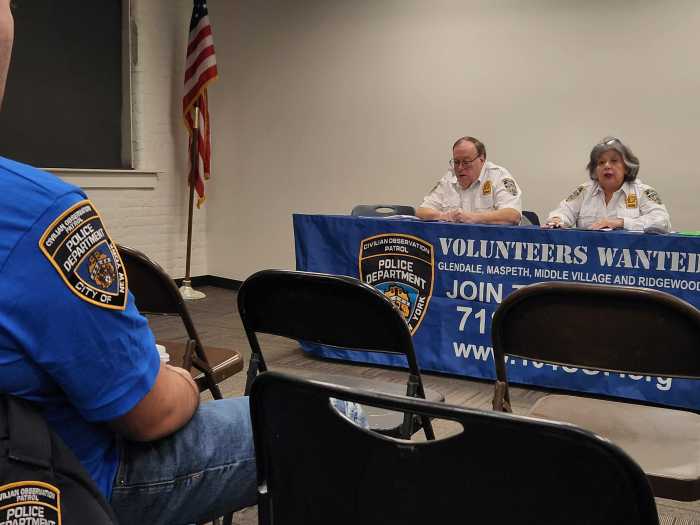The police are not sharing key data regarding the enforcement of turnstile jumping, despite a city law requiring them to do so.
For nearly six months, the NYPD has failed to comply with the law requiring the department to make public demographic and location data related to subway fare evasion — a tool proponents believe will shed light on discriminatory enforcement against the tens of thousands of people arrested or issued tickets for the offense.
“I think they’re afraid of the same result which followed the release of data on where and how the police department polices marijuana possession,” said Queens Councilman Rory Lancman, who sponsored the legislation. “The extraordinary racial disparity in marijuana possession is similar to that in fare evasion.
“And I think once those numbers are fully revealed and analyzed there will be the same groundswell to completely overhaul the city’s fare evasion policing strategy and I think the police department dreads that,” he continued.
The law, enacted in January, requires the police department to post updated data on turnstile jumping enforcement on its website, with details on the race, sex and age of the offenders; the name of the station where they were caught and whether the farebeater was issued a summons or an arrest for the offense. By the end of the month, the public should have three quarterly reports — but the police department hasn’t published one.
Through June of this year, police arrested 3,817 people for fare evasion on buses and subways and wrote up 31,518 summonses for the offense. Fare evasion arrests have dropped 62.6 percent while summonses have decreased 22.1 percent, when comparing data from the first six months of this year to the same period last year.
Still, the NYPD views the focus on turnstiles as a vital way to keep the subways safe; the department says the practice helps catch people with weapons or drugs and/or those on their way to commit another crime.
Devora Kaye, a spokeswoman for the NYPD, said releasing granular enforcement data per station raises public safety concerns. The department is trying to negotiate details of the reports — something typically done before such a bill becomes a law.
“We are in ongoing discussions with the Council about what will be publicly released,” Kaye said in a statement.
Advocates criticize the approach of focusing on fare beating as one that disproportionally targets minority communities and criminalizes poverty, consistent with a widely-held view of the department’s broken windows strategy. The Community Service Society of New York found in 2016 that arrests for turnstile jumping in Brooklyn aligned not with crime rates but with areas of predominantly poor, black neighborhoods.
“This isn’t the only question that’s been raised with the NYPD. Marijuana arrests — all sorts of quality of life arrests — don’t seem to be spread evenly,” said David Jones, president and CEO of CSSNY and an MTA board member, who would prefer police focus on crimes like sexual assaults or robberies. “This is a crime of poverty and not a crime of terrorism or major mayhem. But it is still where the majority of the police’s focus lies down in the subways.”
In a city where drivers simply get a ticket for not feeding the parking meter, or a letter in the mail if they don’t pay a much higher bridge toll, district attorneys have begun softening their stances on fare evasion. Manhattan District Attorney Cyrus Vance Jr. has decided to end the criminal prosecution of most people arrested for jumping turnstiles. And, more recently, the Council pressured the city to fund discounted MetroCards for low-income residents.
Lancman, who said he is refusing to budge on the law despite the softer approach on the part of law enforcement, believes reports on citywide data will largely reflect the Community Service Society of New York report’s findings.
They will, he said, expose that “enforcement is widely discriminatory, overwhelmingly punishing black and Latino New Yorkers and putting both undocumented New Yorkers and all noncitizens at potential risk of deportation.”
Mayor Bill de Blasio has championed the current policing of turnstiles and disagreed with the criticism that doing so is targeting a crime of poverty.
“A lot of people who commit fare evasion [that] the police encounter have a lot of money on them,” the mayor said in February. “I think I have a lot of validity on the question of income inequality and how we fight it, but you never heard me say, you know, ‘Open up the gates of the subway for free.’ That’s chaos.”
De Blasio did not sign or veto the legislation mandating enforcement reports, which set the matter on the path to automatically become law after 30 days. The mayor’s own police department is now flouting that measure.
Ross Sandler, a professor and founding director of New York Law School’s Center for New York City Law, said the City Council could take the city to court over the matter.
“The law can be enforced by an action in State Supreme Court seeking an injunction requiring the filing of the report. An issue would be standing — who is the injured party with the right to sue. The Council itself has successfully sued the mayor and mayoral agencies in the past seeking to enforce charter or administrative code responsibilities,” Sandler said in an email. “The City’s defense of injury to public safety by publishing such information would be tested in such a court action.”
Lancman’s office declined to comment on whether that is a course it would urge the Council to pursue.
Correction: A prior version of this story did not accurately describe how the measure made its way through the city’s legislative process and became a law.
